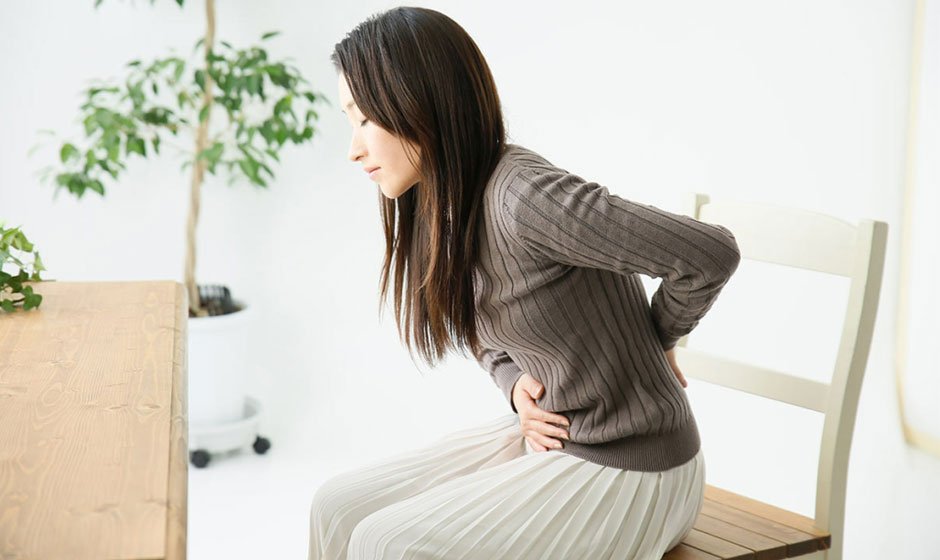Understanding Uterine Fibroids: Symptoms, Causes, and Treatment Options

Uterine fibroids are a common health issue affecting many women worldwide. These non-cancerous growths develop in or on the uterus, often during childbearing years. Despite their prevalence, many women remain unaware of their symptoms, causes, and the treatment options available.
This guide discusses the basics of uterine fibroids, their symptoms, causes, and the common treatments available. It also tried to answer the common question – do uterine fibroids lead to cancer?
What Are Uterine Fibroids?
Uterine fibroids, also known as leiomyomas or myomas, are benign tumors composed of muscle and fibrous tissue. They vary in size, from undetectable to large masses that can distort and enlarge the uterus. Although the exact cause of uterine fibroids is not well understood, certain factors are known to contribute to their development.
Common Symptoms of Uterine Fibroids
Many women with fibroids experience no symptoms, while others may have severe symptoms that impact their daily lives. Common symptoms include:
Heavy Menstrual Bleeding: One of the most noticeable signs of fibroids is prolonged and heavy menstrual periods, sometimes leading to anemia.
Pelvic Pain and Pressure: Fibroids can cause persistent pelvic pain and pressure, making it uncomfortable to lie down or sit for extended periods.
Frequent Urination: Large fibroids can press on the bladder, resulting in frequent urination or difficulty emptying the bladder.
Reproductive Issues: Fibroids can interfere with conception and pregnancy, sometimes leading to infertility, miscarriage, or complications during pregnancy.
Pain During Intercourse: Some women with fibroids experience pain during sexual intercourse.
Back and Leg Pain: Fibroids pressing on nerves can cause pain in the lower back or legs.
Causes and Risk Factors
While the exact cause of fibroids remains unknown, several factors are believed to play a role:
Hormonal Influence: Estrogen and progesterone, hormones that stimulate the development of the uterine lining during the menstrual cycle, appear to promote the growth of fibroids.
Genetic Factors: A family history of fibroids increases the likelihood of developing them.
Age: Fibroids are most common in women in their 30s and 40s, often shrinking after menopause due to a decrease in hormone levels.
Ethnicity: African-American women are more likely to develop fibroids compared to women of other ethnicities and tend to have more severe symptoms.
Lifestyle and Environmental Factors: Obesity, a diet high in red meat and low in green vegetables, fruit, and dairy products, as well as a lack of vitamin D, are linked to a higher risk of fibroids.
Treatment Options for Uterine Fibroids
Treatment for fibroids depends on the severity of symptoms, the size and location of the fibroids, and the woman’s desire for future pregnancies. Options range from conservative management to surgical interventions.
Watchful Waiting: For women with mild symptoms or those nearing menopause, watchful waiting may be recommended as fibroids often shrink naturally post-menopause.
Medications: Medications can shrink fibroids but are typically used short-term due to side effects.
Minimally Invasive Procedures:
Uterine Artery Embolization (UAE): This procedure cuts off the blood supply to the fibroids, causing them to shrink.
MRI-Guided Focused Ultrasound Surgery (FUS): This non-invasive treatment uses high-frequency sound waves to destroy fibroid tissue.
Surgical Options:
Myomectomy: The surgical removal of fibroids, preserving the uterus and fertility.
Hysterectomy: The complete removal of the uterus, providing a permanent solution but ending the possibility of pregnancy.
Can Uterine Fibroids Lead to Cancer?
A common concern among women diagnosed with fibroids is whether they can lead to cancer. So, do uterine fibroids lead to cancer? The good news is that uterine fibroids are almost always benign. Malignant fibroids, known as leiomyosarcomas, are exceedingly rare. According to medical research, the risk of a fibroid becoming cancerous is less than one in 1,000. However, it is crucial for women to have regular check-ups and report any rapid changes in symptoms to their healthcare provider.
Distinguishing between benign and malignant fibroids typically involves imaging studies such as ultrasounds and MRIs. If there is any suspicion of malignancy, a biopsy may be recommended to ensure accurate diagnosis.
It is also important to note that the presence of fibroids does not increase the overall risk of uterine cancer. The vast majority of uterine cancers originate in the endometrium, the lining of the uterus, rather than in the muscle tissue where fibroids develop.
Awareness and monitoring are key. Symptoms that could indicate a more serious issue include sudden, rapid growth of the fibroid, severe pain, or unusual bleeding. Women experiencing these symptoms should seek medical advice promptly.
Uterine fibroids are a widespread condition that can significantly impact a woman’s quality of life. Understanding the symptoms, causes, and treatment options is essential for managing this condition effectively. While fibroids are not typically cancerous, staying informed and consulting with healthcare professionals ensures the best possible care and outcomes. With various treatment options available, women can work with their doctors to find the most suitable approach for their individual needs.



